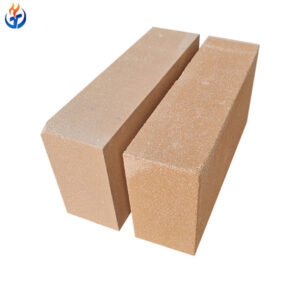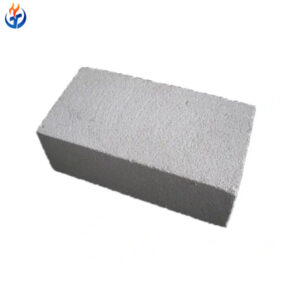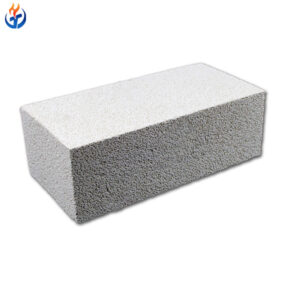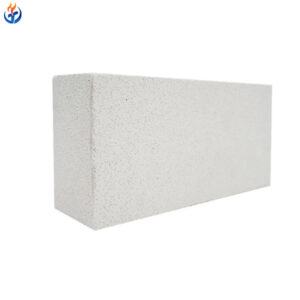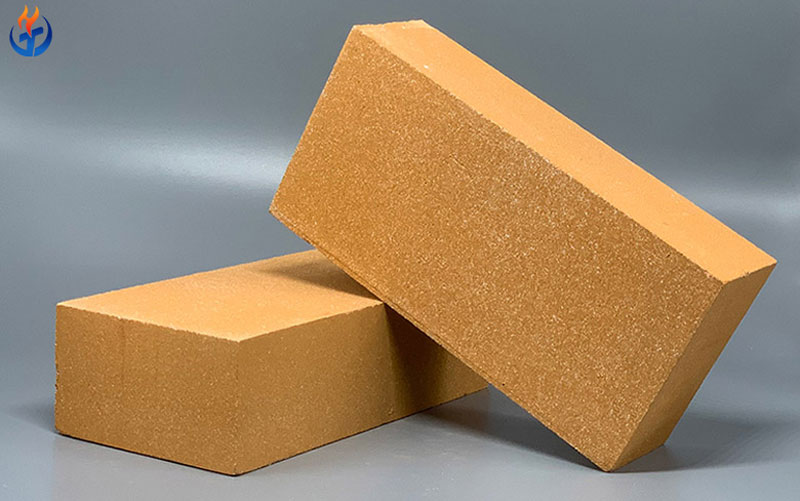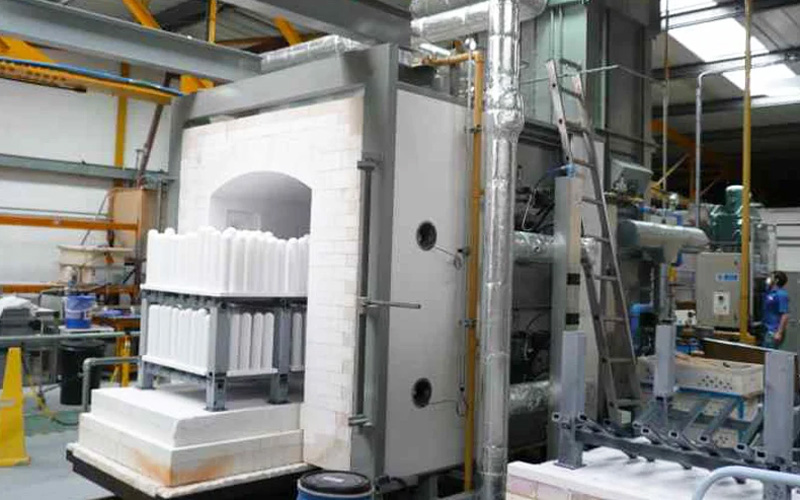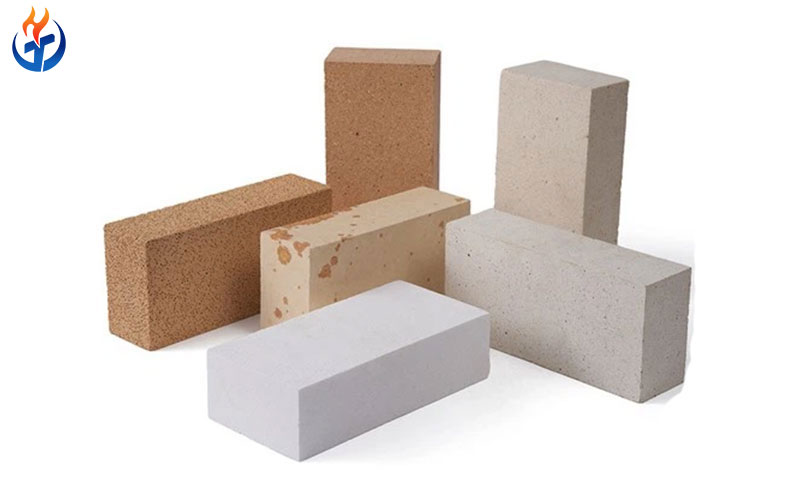Insulation bricks are a crucial component in high-temperature applications, industrial furnaces, and energy-efficient building projects. These specialized bricks are engineered to minimize heat loss, improve energy efficiency, and provide structural support while maintaining lightweight properties. They come in various types, each designed with specific materials and performance characteristics.
This article explores the main types of insulation bricks, including High Alumina Insulation Bricks, Lightweight Clay Insulation Bricks, Alumina Bubble Bricks, Mullite Insulation Bricks, and more, highlighting their features, advantages, and typical applications.
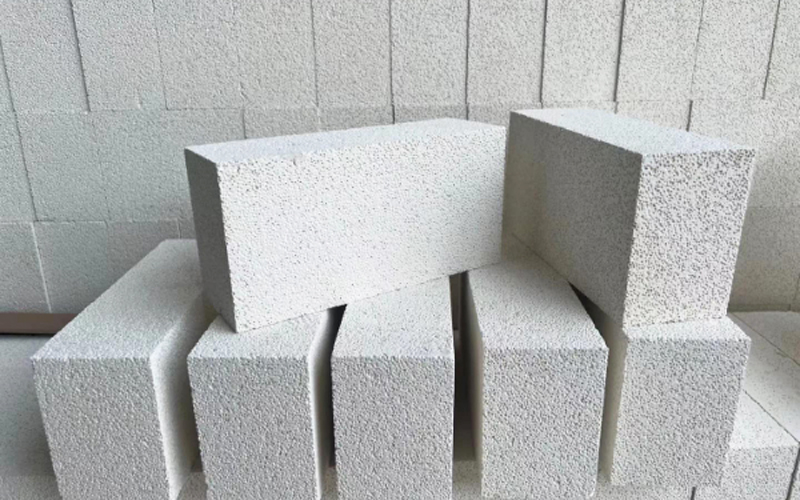
What Are Insulation Bricks?
Insulation bricks, also known as insulating fire bricks (IFBs), are lightweight refractory materials with low thermal conductivity. They are manufactured using a combination of refractory clays, alumina, silica, and sometimes foaming agents to create a porous structure. The trapped air pockets within these bricks act as excellent thermal barriers, reducing heat transfer.
Key Benefits of Insulation Bricks:
Energy Efficiency: Minimize heat loss in industrial furnaces and building walls.
Lightweight: Easier to install, reducing structural load.
High-Temperature Resistance: Ideal for kilns, furnaces, and other thermal equipment.
Cost Savings: Lower energy consumption over time.
Types of Insulation Bricks
1. High Alumina Insulation Bricks
Composition and Properties
High Alumina Insulation Bricks are made from high-purity alumina and refractory clays. They typically contain 50% to 85% alumina (Al₂O₃), which provides superior thermal stability and resistance to chemical corrosion.
Thermal Conductivity: Low, ensuring excellent heat retention.
Refractoriness: Can withstand temperatures up to 1,500–1,800°C (2,732–3,272°F).
Strength: Higher compressive strength compared to standard clay bricks.
Applications
Lining of high-temperature industrial furnaces.
Kilns for ceramics, cement, and glass industries.
Petrochemical reactors and incinerators.
Why Choose High Alumina Insulation Bricks?
They offer long service life, high strength, and excellent thermal performance, making them suitable for extreme heat environments.
2. Lightweight Clay Insulation Bricks
Composition and Properties
Lightweight Clay Insulation Bricks are manufactured using fire clay and special foaming techniques to create a porous structure. They are widely used in medium- and low-temperature environments due to their cost-effectiveness and good insulation.
Thermal Conductivity: Low, ideal for thermal insulation in building and industrial settings.
Refractoriness: Typically up to 1,200–1,400°C (2,192–2,552°F).
Density: Lightweight, which reduces structural load and simplifies installation.
Applications
Outer layers of industrial furnaces.
Residential fireplaces and chimneys.
Heat insulation in kilns operating at moderate temperatures.
Why Choose Lightweight Clay Insulation Bricks?
They strike a balance between affordability and good insulation performance for applications not requiring extreme temperature resistance.
3. Alumina Bubble Bricks
Composition and Properties
Alumina Bubble Bricks are premium insulating bricks made from high-purity alumina hollow spheres, also called alumina bubbles. These bubbles are bonded using high-alumina cement to create a brick with superior thermal properties.
Thermal Conductivity: Extremely low, making them excellent for high-temperature insulation.
Refractoriness: Can withstand temperatures up to 1,800–1,900°C (3,272–3,452°F).
Strength: High mechanical strength despite their lightweight nature.
Applications
High-temperature industrial kilns and furnaces.
Refractory linings for petrochemical and metallurgical applications.
Insulation for high-temperature reactors and incinerators.
Why Choose Alumina Bubble Bricks?
They provide exceptional performance in extreme heat environments where minimal heat loss and superior mechanical stability are required.
4. Mullite Insulation Bricks
Composition and Properties
Mullite Insulation Bricks are made from alumina and silica with a high proportion of mullite (3Al₂O₃·2SiO₂) phase, known for its excellent thermal shock resistance and strength at high temperatures.
Thermal Conductivity: Low, ensuring energy-efficient operations.
Refractoriness: Up to 1,700°C (3,092°F), suitable for continuous high-temperature applications.
Durability: Excellent mechanical strength and chemical resistance.
Applications
Ceramic kilns, glass furnaces, and petrochemical plants.
High-temperature industrial furnaces and heaters.
Areas exposed to direct flame and rapid temperature changes.
Why Choose Mullite Insulation Bricks?
They combine high strength, low thermal conductivity, and excellent resistance to thermal shock, making them ideal for demanding industrial operations.
5. Other Types of Insulation Bricks
While the four types above are among the most popular, several other options are available, depending on the temperature range, chemical exposure, and structural needs:
a) Silica Insulation Bricks
Made from over 90% silica.
Excellent performance at high temperatures (1,400–1,600°C).
Suitable for coke ovens, glass furnaces, and acidic environments.
b) Fire Clay Insulation Bricks
Affordable and versatile.
Can be used in a variety of moderate- to high-temperature settings.
Good thermal insulation and mechanical strength.
c) Ceramic Fiber Insulation Bricks (Specialty)
Made from ceramic fibers bonded into a brick shape.
Extremely lightweight with very low thermal conductivity.
Often used for backup insulation layers in furnaces.
Key Factors to Consider When Choosing Insulation Bricks
When selecting the right type of insulation brick, consider the following factors:
Operating Temperature:
Different bricks are designed for specific temperature ranges.Thermal Conductivity:
Lower conductivity means better insulation.Mechanical Strength:
High-alumina and mullite bricks offer superior strength compared to clay-based bricks.Chemical Resistance:
Environments with acidic or alkaline exposure require chemically stable materials.Cost vs. Performance:
Balance between performance needs and project budget.
Energy Savings: Reduced heating and cooling costs due to better thermal performance.
Extended Equipment Life: In industrial applications, insulation bricks protect structures from thermal stress.
Comfort & Acoustic Benefits: Improved temperature control and noise reduction in residential settings.
Eco-Friendliness: Many insulating bricks are made from natural materials and contribute to sustainable construction.
Final Thoughts
Choosing the right types of insulation bricks can significantly improve energy efficiency, reduce operational costs, and ensure long-term durability in high-temperature environments.
For extreme heat applications, Alumina Bubble Bricks and High Alumina Insulation Bricks are excellent choices.
For medium- to high-temperature use, Mullite Insulation Bricks provide superior thermal shock resistance.
For cost-effective general insulation, Lightweight Clay Insulation Bricks remain a popular option.
Understanding the properties and applications of each type ensures you select the most suitable brick for your construction or industrial project.

